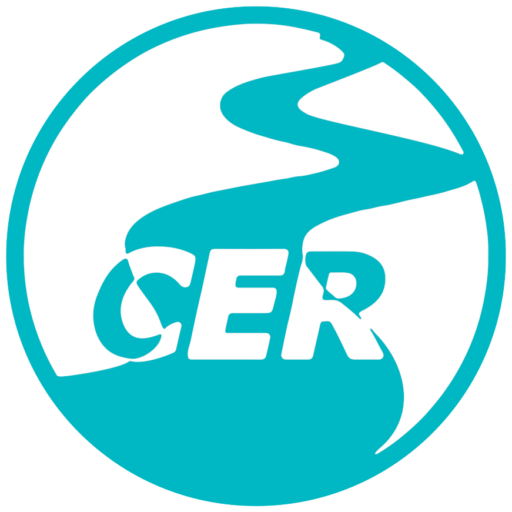Energy Cooperatives are Urban Cooperatives that are active in the field of energy (N.4513 / 2018). You can find more information here.
Energy Cooperatives can offer excellent economic empowerment opportunities. They are based on cooperative logic has a positive function especially in times of crisis and lack of liquidity. The members of the energy community share the cost and risk of the investment they wish to make. They also have the opportunity to be a member of an entity that contributes to the local economy by creating investment moves and new places of employment. The energy transition is a big change that concerns all the big players in the energy sector as the transition to a less energy economy will happen sooner or later. Apart from the environmental ones, there are also geopolitical reasons that lead, at least in Europe, to this direction. We want to facilitate the central role, which, for reasons of economics of scale and efficiency, they should have in the energy transition, for the benefit not only of the current generation through reducing unemployment but also of the coming, ensuring more clean energy and a fairer way of production and distribution energy.
